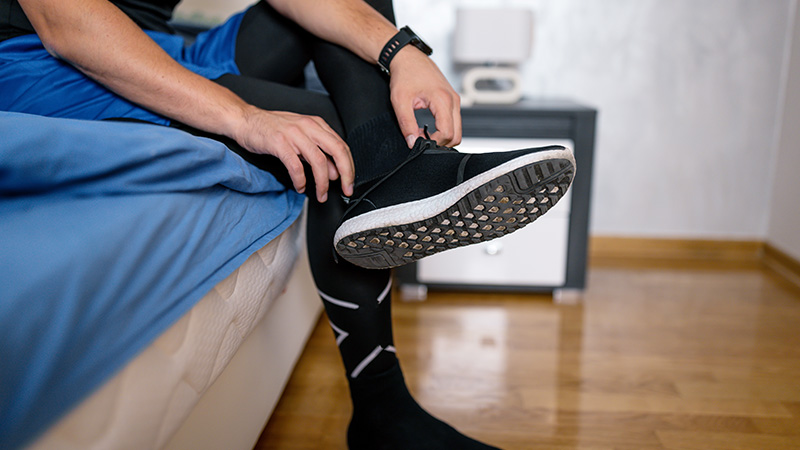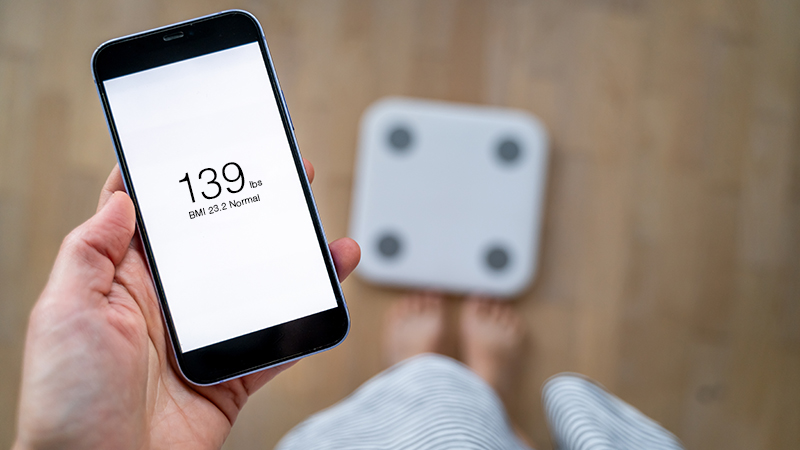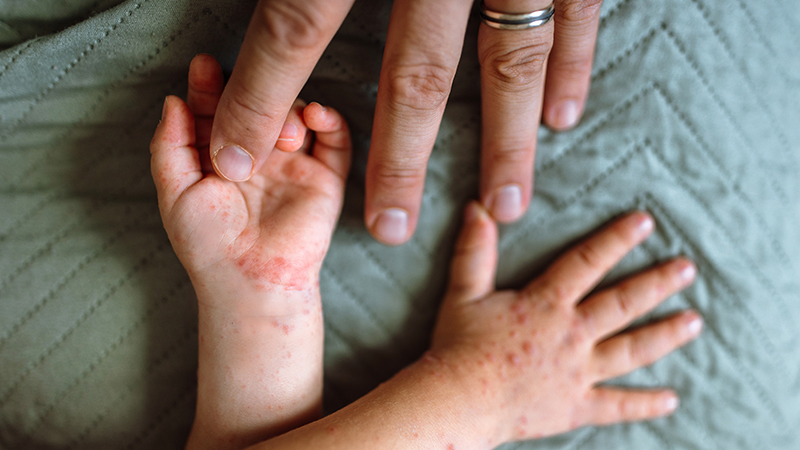What Is Endometriosis?
Published March 2020
More Than Painful Periods
The lining of the uterus is unique. It’s made up of endometrial tissue, which prepares for pregnancy each month by thickening from about 2 to 3 millimeters to roughly 10 to 12 millimeters. If an egg is not fertilized, the uterus then sheds the tissue every month. This is the menstrual cycle, which continues through a woman’s reproductive years.
When women experience painful periods, chronic pelvic pain or pain during intercourse, it could be caused by endometriosis. This chronic inflammatory disease is driven by the hormone estrogen.
Endometriosis:
- Often involves endometrial tissue
- Occurs only in women
- Takes place in the lower abdomen
- Belongs to the same category of chronic inflammatory diseases like inflammatory bowel disease (IBD), Crohn’s disease and gastroesophageal reflux disease (GERD)
- Affects 11 percent of women between the ages 15 and 44.
“Our knowledge of endometriosis is constantly changing and being modernized,” says Northwestern Medicine Reproductive Endocrinology and Infertility Physician Serdar E. Bulun, MD, who has extensive experience treating endometriosis. “The old-school definition of endometriosis was the presence of endometrial tissue growing outside of the uterus in the pelvis, but now we’re finding out that endometriosis is a more complex syndrome — a disease of the menses triggered by estrogen.”
Our knowledge of endometriosis is constantly changing and being modernized.— Serdar E. Bulun, MD
Symptoms
The most important symptoms of endometriosis are:
- Chronic pelvic pain
- Pain during intercourse
- Infertility
Other symptoms include:
- Painful periods
- Excessive bleeding during menstruation
- Bloating and gastrointestinal distress
Causes
As Dr. Bulun mentioned, sometimes tissue like endometrial tissue can grow outside of the lining of the uterus in places like the ovaries, fallopian tubes, pelvis, bowel or peritoneum. “Often endometriosis occurs because the inner lining of the uterus is backwashed into the fallopian tubes or abdominal cavity,” says Dr. Bulun. “This is called retrograde menstruation.”
This tissue will build up and break down with each menstrual cycle, but unlike menses, which can exit through the vagina, the tissue has nowhere to go. This causes inflammation, tissue accumulation, scarring and cysts called endometriomas, all of which result in great pain.
“In endometriosis, we believe the effects of estrogen are misdirected to tissue outside of the uterus,” says Dr. Bulun. “Estrogen may transform the cells inside the abdomen or embryonic cells into endometrial-like cells. However, most of the cases of endometriosis we treat occur because of repeated episodes of menses, or getting your period a lot.”
Complications
Abdominal tissue is soft and supple. A common complication of endometriosis is the development of scar tissue, which can encase other structures like the ureters — the tubes that connect the bladder to the kidneys — or parts of the bowel. Beyond causing chronic pelvic pain, this can also cause pain and bleeding during urination and defecation.
Between 30 percent to 50 percent of women with endometriosis may also experience infertility.
Studies have also shown a link between endometriosis and ovarian cancer. In one study, scientists noted that up to 19 percent of ovarian cancer cases were associated with endometriosis.
Diagnosis
The ways physicians diagnose endometriosis continue to evolve in tandem with the current understanding of the disease.
“The old-school way of diagnosing endometriosis was an invasive surgery to see if endometrial tissue was implanted on other abdominal or pelvic surfaces, but now most physicians are diagnosing endometriosis based on a history of heavy and painful periods and chronic pelvic pain.”
An endometriosis diagnosis can be made at any stage during a woman’s life before menopause.
Risk Factors
Treatment
“The mainstay endometriosis treatment is to interrupt ovulation and menstruation with birth control,” says Dr. Bulun. “You can suppress ovulation and menstruation in a number of ways, including oral contraceptives and intrauterine devices (IUDs).”
If birth control doesn’t improve endometriosis symptoms, laparoscopic surgical treatment options are available to remove the endometriomas or other tissue causing pain.
In-vitro fertilization (IVF)is an effective way to treat infertility in women with endometriosis. Some women with endometriosis may continue to experience pain during pregnancy.
Consult your OB/GYN physicianif you’re having chronic pain associated with menstruation.






